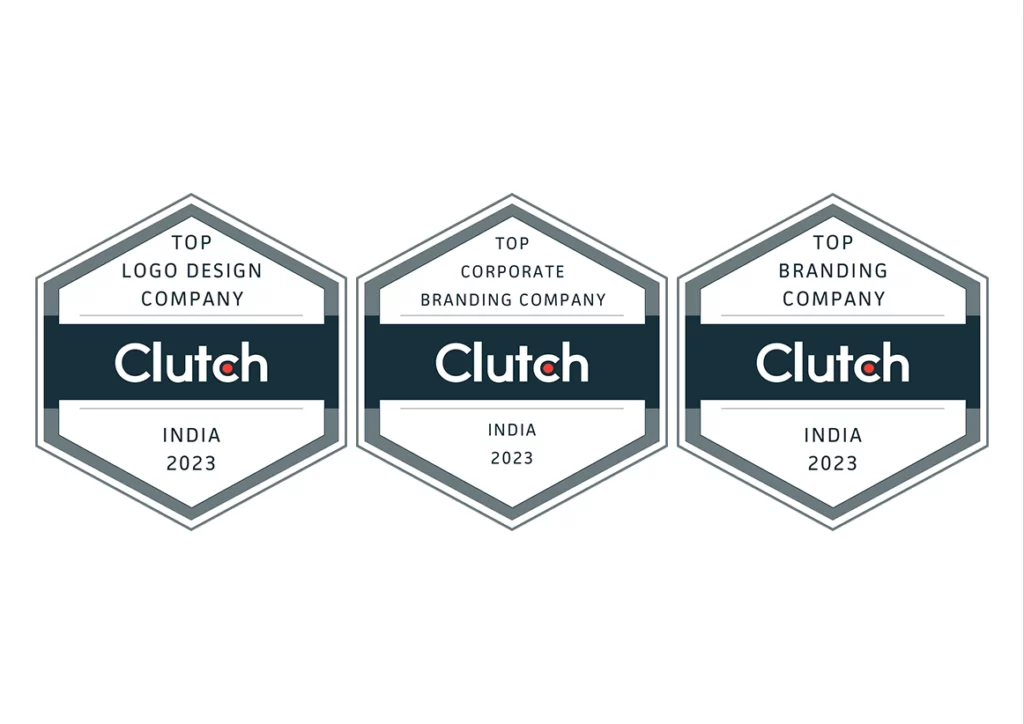Leverage Strategic Branding to transform your Small Business into a Growing Brand in 12 Months

Leverage Strategic Branding to transform your Small Business into a Growing Brand in 12 Months Are you a small business owner looking to take your brand to the next level? In this comprehensive guide, we’ll not only provide you with the essential knowledge and tools for strategic branding but also share real-world experiences and personal […]
Liquid Designs lauded amongst Best Indian Branding Agencies for the fourth time in a row!

Liquid Designs lauded amongst Best Indian Branding Agencies for the fourth time in a row! “We are so excited to see Liquid Designs been chosen as one of the Best Branding Agencies from India by Clutch for fourth time in a row” – Ashish Dhir, Founder, Liquid Designs Every business, from McDonalds to your local […]
Upgrading from corporate loyalty to employee advocacy

Upgrading from corporate loyalty to employee advocacy In May 2016, Mike Waite, an employee at McDonald’s in Edinburgh UK, was quite frustrated with the society’s misconception about people who took up a job of a worker at a fast food restaurant like that of McDonald’s. Annoyed with the judgemental criticism that looked upon him as […]
Why is return on investment in design gaining so much traction in modern age business?

Why return on investment in design is gaining so much traction in modern age business? In a competitive environment, a brand not just needs to position itself differently from its competitors but it should be able to create the right image in the audiences’ mind. Design plays an important role in creating the desired personality […]
Nurture a brand community that builds your brand

Nurture a brand community that builds your brand It was first in 1904, that Harley Davidson started to participate in motorcycle racing and gained leadership in the market through its victories. In 1911, Harley Davidson formed their official racing team. Later, it won several races with riders like Ralph Hepburn, Eddie Brink, Joe Petreli and […]
Why should businesses start targeting customer satisfaction for their growth?

Why should businesses start targeting customer satisfaction for their growth? The definition of success was never easy to explain or more so in today’s rapidly progressing business universe. With changing times and dynamics, business growth has different synonyms for different organisations. No matter what the value proposition of a business may be, the end goals […]
How shifting your focus from website traffic to conversions on home page can make you grow big time?

How shifting your focus from website traffic to conversions on home page can make you grow big time? The prime focus of businesses is to derive sales out of every branding and marketing activity. With surging online traffic, websites are an essential marketing tool for any brand which creates an online presence and leverage business […]
Microcopy : Choosing words that convert

Microcopy : Choosing words that convert “Microcopy is word choice. It’s a glimpse of smile or a slip of impatience.” – Seth Godin This sounds to be as precise as stated by Seth Godin. Since how long have we been coming across design and innovation while talking about UX, blindly bypassing microcopy as if it […]
Why is brand story such an important part of branding?

Why is brand story such an important part of branding? Since generations, stories have stayed with us and travelled in parallel with the evolving human race. There’s no doubt that stories posses an eternal power to influence and inspire. In business, the core objective of all marketing activities circle around the intensity and power of […]
Why Digital Customer Experience should become a key component of your business growth strategy?

Why Digital Customer Experience should become a key component of your business growth strategy? We are witnessing a profound breakthrough in the digital landscape today. Almost every company is adapting to digital transformation, irrespective of its industry domain. Digitalisation has enabled digital innovation and digital customer experience (DCX) to make delivery of services easy, quick and convenien […]

